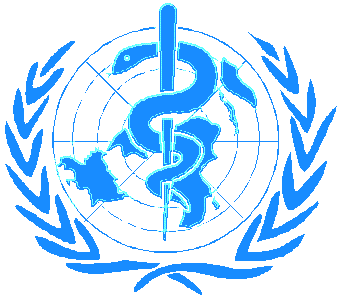 
|
AIR AND
HEALTH
Conclusion
|
The health of the public, especially those
who are the most vulnerable, such as children, the elderly and
the sick, is at risk from air pollution, but it is difficult to
say how large the risk is. It is possible that the problem has
been over-stressed in relation to other challenges in the field
of public health.
As we have seen, there are considerable
uncertainties in estimating both exposures and effects and their
relationships. It may be, for example, that the effects of
long-term exposure to lower concentrations of air pollutants
could be more damaging to public health than short-term exposure
to higher concentrations. For this reason alone, local
authorities could take action to assess and improve local air
quality. It is not sufficient to wait for an episode of severe
air pollution and then try to deal with its effects.
Another reason for action on air pollution
is that we do not know the contribution which exposure to air
pollutants may make to deaths from, for example, heart disease.
In many countries heart disease is a leading cause of death and
even a small contribution from air pollution could mean a
significant and important effect on public heath.
On an individual level, the risk to health
from air pollution is very much smaller than that posed by active
cigarette smoking or accidents. It is also true that healthy
individuals are rather unlikely to be affected by exposure to the
concentrations of outdoor air pollutants in many European
countries on most days of the year. However, the old and the
young, and especially those suffering from respiratory or heart
diseases, are the groups who are most vulnerable to the effects
of air pollution. It is only right that cost effective action
should be taken to provide them with clean air, which The Times
of 1881 described as "the first necessity of our
existence."


Document Actions
Share with others